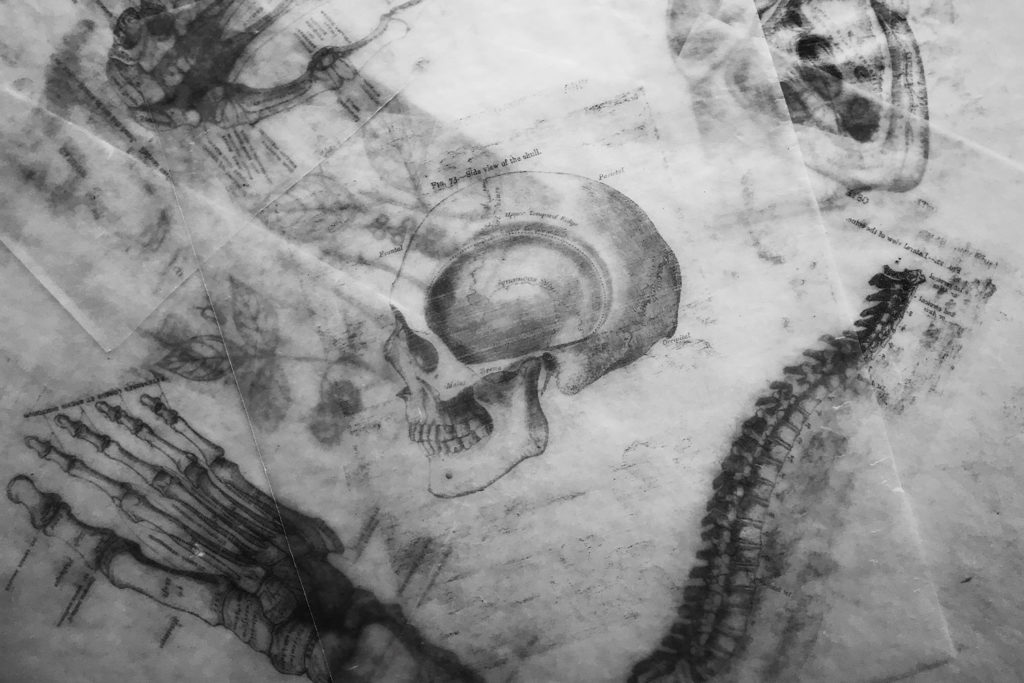By Richard Spencer
If something has been intelligently designed, people often expect to see structures that are perfectly crafted to perform their individual tasks in the most elegant and efficient way possible (e.g., with no extra components). This expectation is incorrect not only for human design but also for divine design.
In human design, we frequently have to do things in ways that are suboptimal simply because the complexity and magnitude of the overall task preclude spending the time and attention on each detail that would be required to execute an optimal design. A classic example is the microprocessor in a computer. If we tried to optimize every little part of the circuit design, we would never complete the design! This limitation does not, of course, affect divine design.
Nonetheless, a similar limitation does affect divine design. It arises whenever design employs secondary agents. For instance, in designing a microprocessor, we make use of many computer-aided design (CAD) tools. These tools allow us to manage the complexity of the problem by enabling us to work at a higher level of abstraction. So, while an engineer does have to design the individual logic gates that will be used, these gates only get designed once at the lowest levels of abstraction (the transistor level and physical layout). After that, we almost always use tools to connect many gates together to perform higher-level functions (e.g., addition circuits).
When a set of these higher-level functions is available, they are then treated as blocks and are manipulated to perform even higher-level functions and so on. When the design of a complex system is complete, it is certainly true that one could look at some small piece at the lowest level of abstraction and improve the design. On the other hand, one could also argue that this hierarchical method of computer-aided design is far more intelligent than doing it all at the lowest level of abstraction because it enables us to design much more complex functions.
In the same way, but for different reasons, God usually makes use of secondary agents to accomplish His work. Such secondary agents include physical laws since these laws do, at least sometimes, define, or help to define, structures in nature. For example, there are physical laws and properties of matter that determine the physical structure of certain objects, and once the laws and properties are in place, God does not need to individually create each atom, cell, or higher-level object. Having created physical laws, God is constrained by them unless He specifically chooses to suspend them. As a logical possibility, God is of course free to suspend the physical laws he has instituted. Yet, I don’t know a single unequivocal example in which He has done so. This is not to deny miracles. I am simply saying that I don’t know of any examples of miraculous structures in nature, and that includes biological structures.
Given that God uses secondary agents to bring about physical structures, we can expect to see certain patterns and processes repeated in many places and used in different ways even though the design may not be optimal for each individual application. In addition, any designer, divine or otherwise, is certainly free (and likely) to re-use structures and to implement similar functions in similar ways, although this will not always be the case. The appearance of similar structures in many different systems, particularly when those structures are not optimal for each situation, is frequently cited as evidence for macroevolution (Stephen Jay Gould’s The Panda’s Thumb makes precisely this point). But it is also exactly what you would expect to see for a system constructed using secondary agents under divine control.
Another reason why even divine designs may appear to be less than optimal is that adaptive systems are inherently wasteful. In order to be able to adapt to different conditions, the system will virtually always have components that are not being used in a given situation. There are many examples of adaptive systems in human engineering, and they are never as efficient a solution as a dedicated system.
Nonetheless, adaptive systems tend to exhibit far more intelligence than dedicated systems because they will work even when the environment changes. A common example is the circuitry used to connect a computer to a network (either wireless or wired). These circuits are virtually all adaptive so that they will work independently of the exact configuration of the network to which they are connecting.
Since biological systems are most definitely adaptive and significantly more complex than anything we design, engineers like me who design adaptive systems expect to see many components that appear to be wasted or left over from some previous use. Although the appearance of such structures is commonly used to argue that evolution is not under any intelligent control, in fact it is a necessary consequence of adaptive systems. Moreover, since adaptive systems are not infinitely malleable (some circuits in a television might be adapted for use in a radio but cannot be adapted for use in a jet engine), this feature of adaptive systems provides evidence for microevolution but not for macroevolution.
A third reason why even divine designs may appear to be less than optimal is that we are rarely in a position to fully understand all of the design objectives and constraints. This point is subtle but significant. I have sometimes thought some part of a circuit or system design was done poorly only to find out later that it was actually quite clever. I simply didn’t fully understand the intended purpose or constraints when I first looked at the system.
In an interview in Science and Spirit magazine, January/February 2000, Francis Collins, director of the National Human Genome Research Institute, said:
“It seems to me we should not make the mistake of assuming that God’s perfect will for us is biological perfection, any more than we should assume that God’s perfect will for us is the absence of suffering. It is those occasions when things aren’t perfect that we often learn the most, and when our closeness to God, which is a higher goal even than our own happiness, is most likely to come about. And so perhaps God in a merciful way speaks to us through our imperfections, and we shouldn’t neglect the significance of that. The underlying assumption that we should all be genetically perfect doesn’t necessarily make sense to me.”
I wholeheartedly agree with Dr. Collins. While we do not fully comprehend why God allows sin to exist, the Bible gives us many examples of how God uses the painful trials that result from a sinful world to bring us to a greater sense of humility and dependence on Him. We must also remember that the world we are observing is not the original creation. It is a corrupted version of the creation. I personally think that many, if not all, of the arguments made by the opponents of intelligent design would remain unchanged even if they observed the world prior to the fall. But there is still an unknown factor to deal with since we are not able to observe the original creation at this time.
In summary, the use of secondary agents (including physical laws), the re-use of common design elements, the adaptive nature of biological organisms, and the fact that we don’t fully know the purposes of the creator, all indicate that we should not expect to see designs in nature that are, from our limited vantage, optimal.
Postscript: This short essay is an expanded and more carefully crafted version of a comment that I made to Dr. Mark Ptashne at the end of his lecture “On the Evolvability of Gene (and Other) Regulatory Systems” at the Nature of Nature Conference at the Michael Polanyi Center, Baylor University, April 12-15, 2000. I was prompted to make my remarks because I heard him, and others, consistently speak of intelligent design as though it was synonymous with optimal design, where optimal is defined in the sense of being the most efficient or elegant solution for the specific task at hand. Dr. Mark Ptashne is a researcher at the Memorial Sloan-Kettering Cancer Center.
Published March 30, 2016




